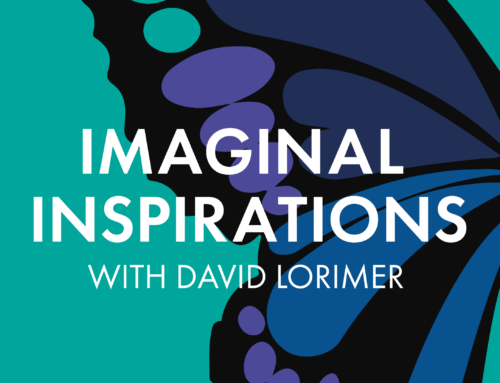To any open-minded person who has thoroughly studied the psychical research that took place between 1850 and 1935, the evidence suggesting that consciousness lives on after death should be overwhelming. The evidence developed in recent years, primarily in the areas of near-death experiences, clairvoyance, past-life studies, instrumental transcommunication, electronic voice phenomena, and deathbed phenomena, has added significantly to the “old” evidence, which was primarily in the area of trance mediumship. The old research produced a solid wheel and the newer research has tightened the spokes, but the prevailing materialistic mindset in the modern world resists both the old and the new.
In my blog post of November 21, 2016, I identified 15 reasons why the evidence has been ignored or rejected. In giving the matter further thought, I realize I missed many and there are at least 30 reasons, the first 15 of which are set forth below and do not match the numbering in the 2016 post. While some of them overlap with each other, they are distinct enough to be listed separately. Numbers 16 through 30 will be discussed in my next blog post.
1. Fear of Death: “The idea of death, the fear of it, haunts the human mind like nothing else,” wrote anthropologist Ernest Becker in his 1974 Pulitzer prize-winning book, The Denial of Death. Becker explained that to free oneself of death anxiety, nearly everyone chooses the path or repression. That is, we bury the idea of death deep in the subconscious and do our best to escape from the reality of it while avoiding any discussion of what might come after, whether it be total extinction, a horrific hell, or a humdrum heaven. No consideration is given to the more dynamic and progressive afterlife suggested by modern revelation.
2. Philistinism: In escaping from the reality of death, we concern ourselves with mostly meaningless activities – reading and watching fiction, playing games, idle chatter and texting, etc. – what Søren Kierkegaard, known as “the father of existentialism,” called philistinism. A philistine was man fully tranquilized with the trivial. As Kierkegaard saw it, most people are so absorbed in philistinism that they don’t even realize they are in constant despair from their fear of death. Pioneering psychiatrist Carl Jung wrote that most of his patients were non-believers, those who had lost their faith. They were neurotics. “They seek position, marriage, reputation, outward success or money, and remain unhappy and neurotic even when they have attained what they were seeking,” Jung explained. “Such people are usually confined within too narrow a spiritual horizon. Their life has not sufficient content, sufficient meaning.” In effect, a philistine, even one who subscribes to a religion, becomes increasingly indifferent to matters of the spirit.
3. Carpe Diem Syndrome: Being a philistine is one thing; going beyond that mundane state to “seize the day” in a pleasure-seeking life of Epicureanism (below) or hedonism is something else. Believing in an afterlife involving punishment for our misdeeds, especially an eternity of torture in the hell of orthodoxy, conflicts with having free rein in pursuing a life of pleasure and comfort. If we are to “seize the day” in a hedonistic way, we should have no restraints, no fear of punishment after death. Those subscribing to this philosophy find it convenient to dismiss the whole idea of an afterlife.
Continue reading part one here and part two here at Michael Tymn’s blog.


